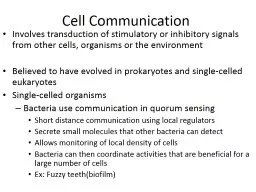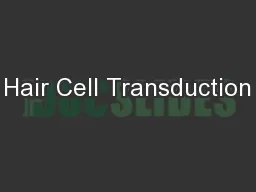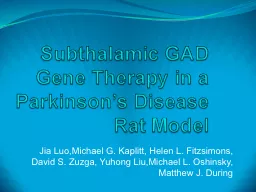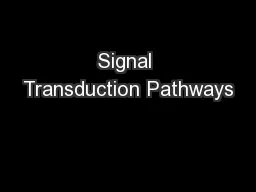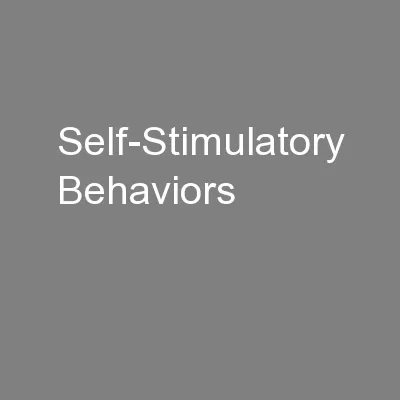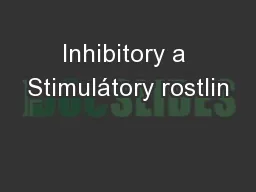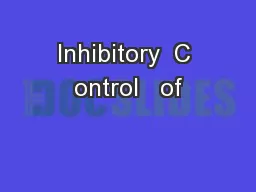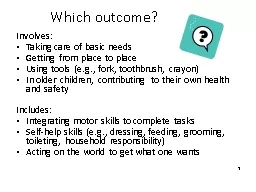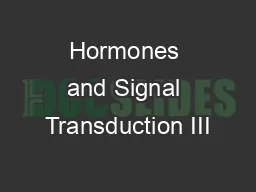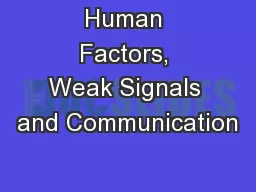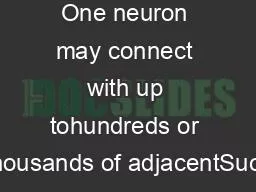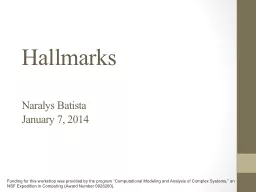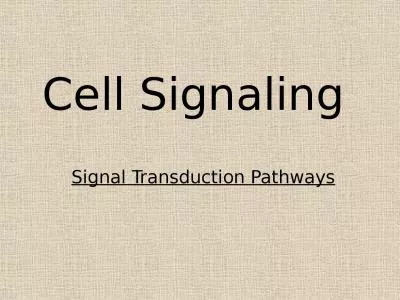PPT-Cell Communication Involves transduction of stimulatory or inhibitory signals from other
Author : ellena-manuel | Published Date : 2018-03-20
Believed to have evolved in prokaryotes and singlecelled eukaryotes Singlecelled organisms Bacteria use communication in quorum sensing Short distance communication
Presentation Embed Code
Download Presentation
Download Presentation The PPT/PDF document "Cell Communication Involves transduction..." is the property of its rightful owner. Permission is granted to download and print the materials on this website for personal, non-commercial use only, and to display it on your personal computer provided you do not modify the materials and that you retain all copyright notices contained in the materials. By downloading content from our website, you accept the terms of this agreement.
Cell Communication Involves transduction of stimulatory or inhibitory signals from other: Transcript
Download Rules Of Document
"Cell Communication Involves transduction of stimulatory or inhibitory signals from other"The content belongs to its owner. You may download and print it for personal use, without modification, and keep all copyright notices. By downloading, you agree to these terms.
Related Documents

